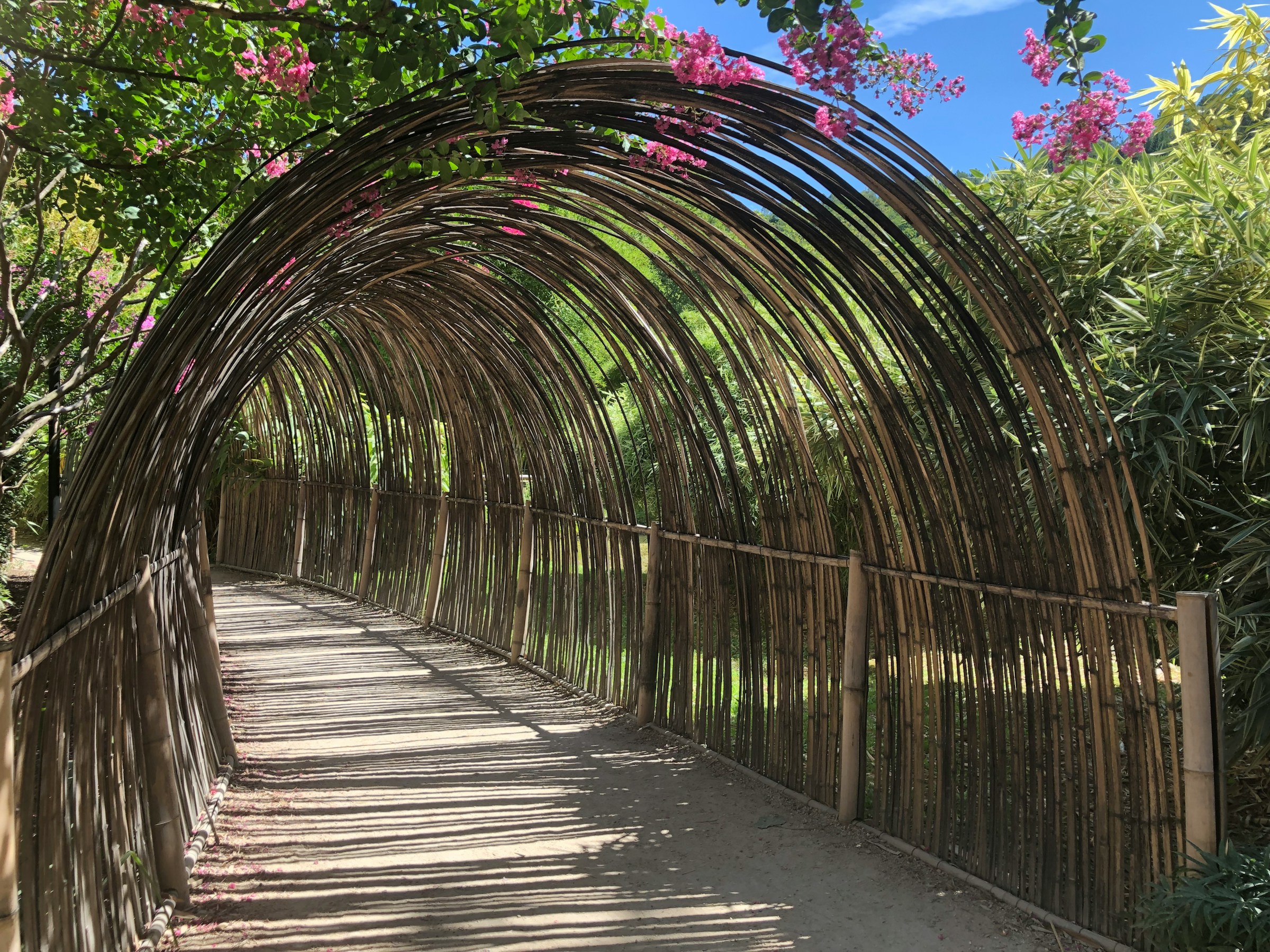Anyone can appreciate the grace and beauty of butterflies. These delicate creatures not only elevate the aesthetic value of a garden but also play vital roles in pollination. If you wish to see these colourful insects fluttering around your garden, why not develop a butterfly garden using native UK plants? This guide will provide you with insightful tips on the plants, flowers, and nectar sources that will attract various species of butterflies to your garden.
Choosing the Right Plants and Flowers
Butterflies in the UK have preferences when it comes to nectar sources and plants for laying their eggs. Providing food sources for both caterpillars and butterflies is essential. Therefore, you will need to plant a variety of nectar-rich flowers and host plants in your garden.
Lire également : How Do You Set Up a Heat Retention System for an Outdoor UK Tropical Plant Garden?
Butterflies are attracted to bright colours. They have excellent colour vision and can see a range of colours including ultraviolet. Planting brightly coloured flowers will increase the likelihood of attracting butterflies. Native UK flowers such as the Red Campion, Oxeye Daisy, and the Common Knapweed have a high nectar content that butterflies cannot resist.
Apart from providing nectar, the plants you choose should also be suitable for the butterflies to lay their eggs on. For example, the native UK plant, the Nettle, is a favourite among Red Admiral and Small Tortoiseshell butterflies for laying their eggs.
En parallèle : What Techniques Ensure Successful Propagation of Rare UK Native Plants?
Installing a Variety of Food Sources
Although flowers are the primary food source for butterflies, they also enjoy other food types. They are fond of fruit, particularly overripe or rotting ones. It’s a good idea to leave out some pieces of old fruit, such as apples, oranges, and bananas, in your garden.
In addition, butterflies need minerals, which they can get from moist soil or compost heaps. A small mud puddle in your garden will suffice. Butterflies will gather around the puddle, particularly in hot weather, to drink and absorb essential nutrients.
Providing Shelter and Sunny Spots
Butterflies are cold-blooded creatures and need sun to warm their bodies for flight. Therefore, your butterfly garden should have sunny, open areas. Plants should be arranged in a way that they get plenty of sunshine, particularly in the morning.
Shelter is also crucial for butterflies. They need places to hide from predators and harsh weather conditions. Hedges, shrubs, and tall grasses provide excellent shelter. You can also place small log piles in your garden for butterflies to hide.
Catering to Different Species
Different species of butterflies have different habitat and food preferences. By catering to a variety of species, you will have a more diverse butterfly population in your garden.
For instance, the Gatekeeper butterfly enjoys basking in the sun and feeding on wild marjoram. The Speckled Wood butterfly prefers shaded areas and feeds on honeydew, a sweet liquid produced by aphids. By incorporating a wide range of plants and creating diverse habitats, you will attract a multitude of butterfly species.
Gardening for Wildlife Conservation
Developing a butterfly garden is a fantastic way to contribute to wildlife conservation. The UK’s butterfly population has seen a decline in recent years due to habitat loss. By creating a butterfly-friendly garden, you are providing a safe haven for these precious insects.
Remember to avoid using pesticides in your garden. These chemicals are harmful to butterflies and other beneficial insects. Instead, opt for organic gardening methods, such as companion planting and natural pest control.
In conclusion, developing a butterfly garden requires careful planning and consideration of the different needs of butterflies. With the right mix of native UK plants, nectar-rich flowers, food sources, and suitable habitats, your garden can become a paradise for butterflies. It’s not only a rewarding project but also a meaningful way to contribute to wildlife conservation. Let’s all do our part in creating a better environment for our fluttery friends.
Caring for the Caterpillars – Choosing the Right Host Plants
The life cycle of a butterfly starts with a larval stage – the caterpillar. Different butterfly species choose different host plants on which to lay their eggs and provide food for caterpillars once they hatch. The right selection of host plants can increase the number of butterflies in your garden.
The Small Tortoiseshell and Red Admiral butterflies, for example, lay their eggs on the Nettle, a native UK plant. The Painted Lady butterfly is attracted to Thistles, while the Large White butterfly prefers the Nasturtium. These plants, also known as larval food plants, provide the right nutrition for the caterpillars to grow.
In addition, some caterpillar species feed on specific tree leaves. The Purple Hairstreak caterpillar feeds on Oak leaves while the Brimstone butterfly larvae feed on Buckthorn. By incorporating these plants and trees in your garden, you provide a source of food for caterpillars, which will eventually grow into beautiful butterflies.
Remember, caterpillars are not pests; they are future butterflies. They might chew and damage several leaves, but the outcome – a flutter of butterflies in your garden – is definitely worth the temporary sacrifice.
Creating a Butterfly-Friendly Garden throughout the Year
Most butterflies appear during spring and summer, but a few species are active all year round. For example, the Red Admiral and the Small Tortoiseshell may be seen basking in the winter sun. To attract butterflies throughout the year, you need to have a selection of plants that flower at different times.
Spring flowering plants such as Primrose, Bluebell, and Garlic Mustard are perfect for early butterflies like the Brimstone and Orange Tip. Summer flowers like Lavender, Buddleia also known as the Butterfly Bush, and Marjoram will keep your garden buzzing with a variety of butterfly species.
In autumn, plants like Ivy and Michaelmas Daisy provide nectar for late season butterflies like the Red Admiral and Painted Lady. Even in winter, the flowering Mahonia and Winter Aconite can attract butterflies on mild days.
With a well-planned selection of flowering plants, your butterfly garden can provide for butterflies and other pollinators year-round.
Conclusion
Developing a butterfly garden is a creative and rewarding way to contribute to British wildlife conservation. By carefully selecting a combination of nectar-rich flowers, host plants, and other food sources, you not only create a butterfly-friendly environment but also a natural sanctuary for many other wildlife species.
Remember, butterflies are indicator species. A healthy butterfly population signals a healthy environment. So, by creating a space for them, you are also promoting a balanced and thriving ecosystem in your garden.
The importance of preserving and enhancing our natural environment cannot be overstated. By developing a butterfly garden, you do your part in maintaining the circle of life, from the smallest caterpillar to the most graceful butterfly. Let’s help protect our fluttery friends and enjoy the beauty they bring into our lives.











